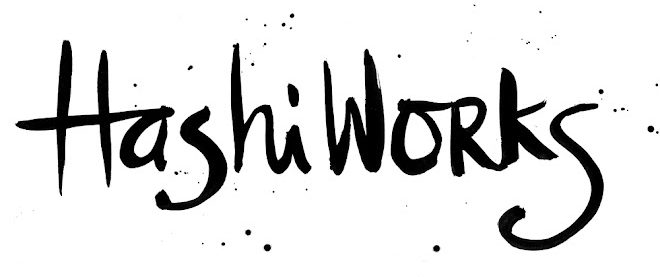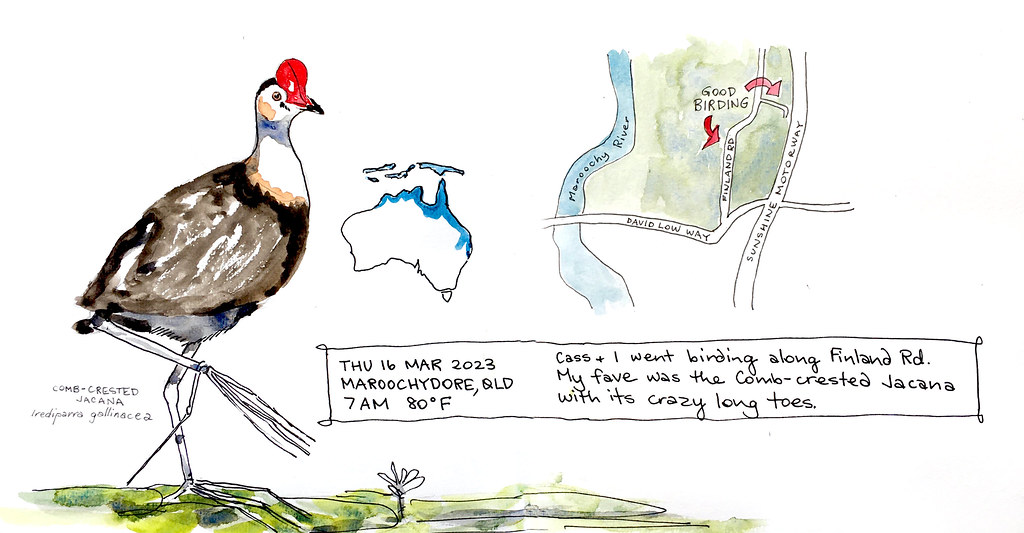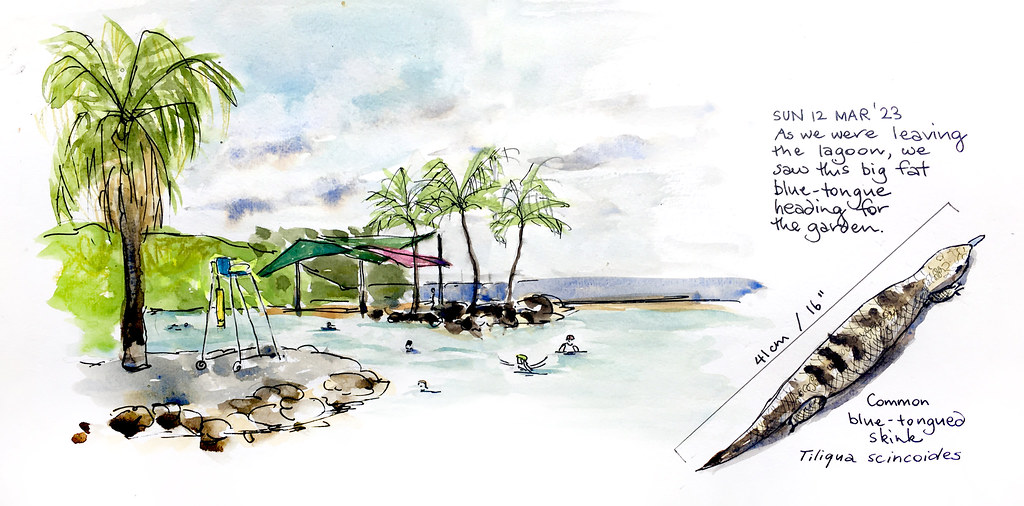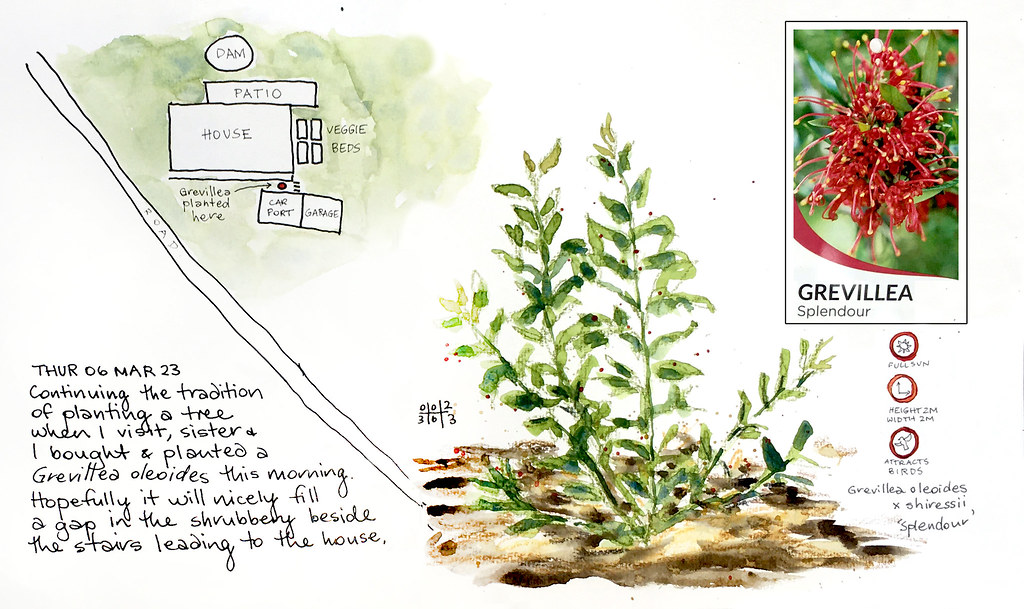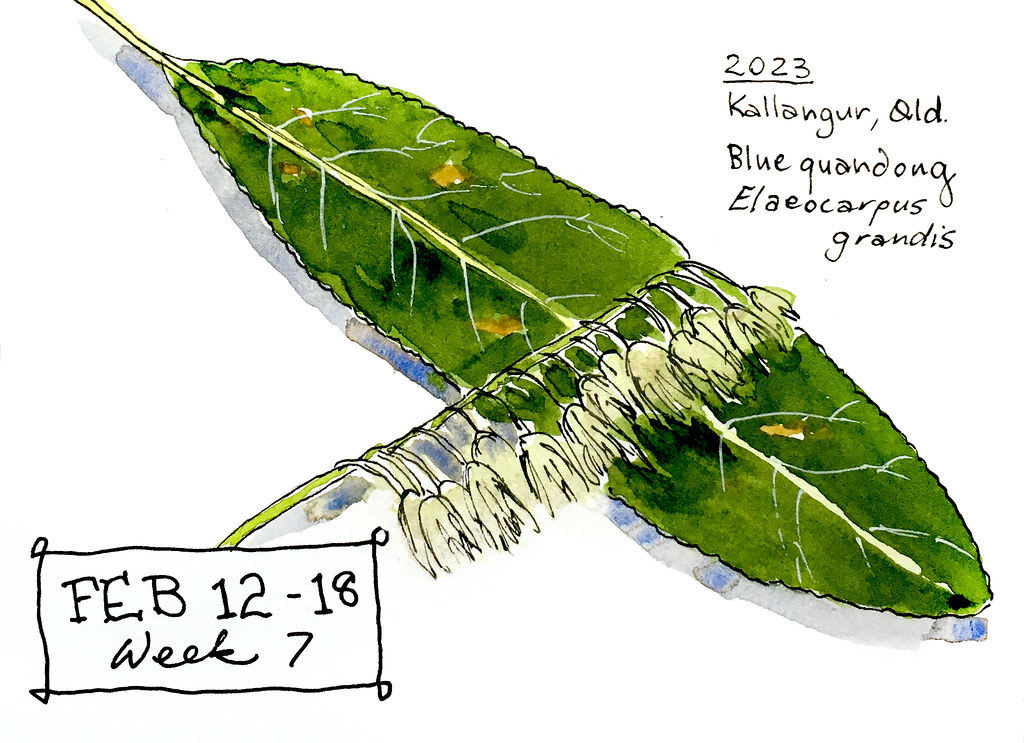
We bought this Callistemon 10 years ago. It spent a few years in a pot before going in the ground, and now it’s well-established and close to its maximum size of 1.8m high x 1.5m wide. It feeds hooded orioles, house finches, lesser goldfinches, and maybe other birds too during the long flowering season, and brings us much pleasure.
I’m more of a purist about planting CA natives now, but I’m not sad about the select Australian trees and shrubs we’ve established here (no acacias or eucalypts, they are way too invasive).
